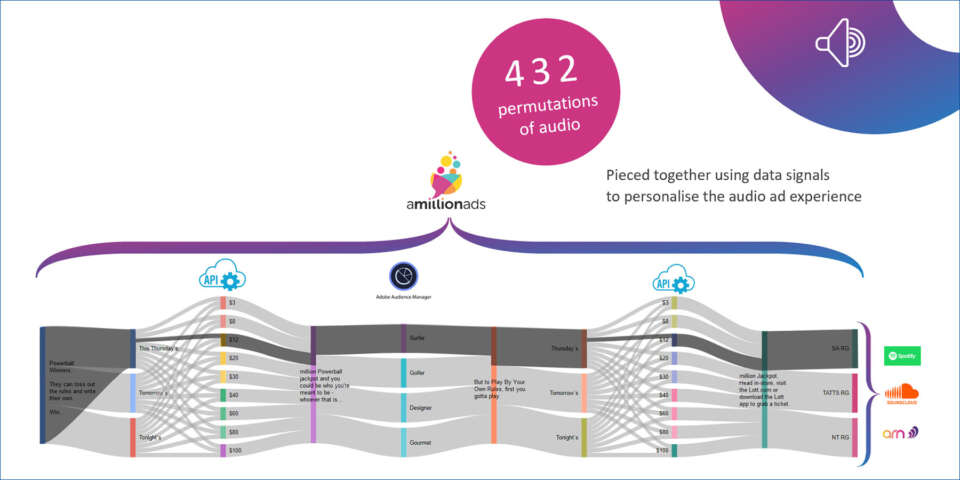According to statistics by the United Nations Conference on Trade and Development (UNCTAD), over 70% of countries around the world now have data protection and privacy legislation in place. A further 9% have draft legislation; 5% have no data and 15% of countries have no data protection or privacy laws.
In 2020, the COVID-19 global pandemic struck and lockdown measures were enforced. As a result, this led to accelerated digitalization and an increase in online activity in education, work, social interaction and shopping. The more everyday activities occurred online, the more personal data was generated, exchanged, shared and stored.
This prompted the Australian government to draft the Privacy Legislation Amendment (Enhancing Online Privacy and Other Measures) Bill 2021 to urgently address online privacy risks and ensure that Australia's privacy laws remain relevant for the digital world, while strengthening the protection of personal information in the online space.
Organizations that provide social media and data brokerage services and large online platforms will need to comply with the new online privacy code.
Andrew Varley, Head of Performance Marketing at The Lottery Corporation, Australia, discussed what is being done to prepare for the impact of the new law, to secure a digital marketing future that will allow the development and sustainability of the lottery business.
How does the new law affect marketing activities?
Privacy is a hot topic in Australia as the government reviews the Privacy Act of 1988. With the likely changes to consent requirements, we may need to revisit our use of cookies to ensure we have the appropriate consents in place for certain data analytics activities.
In addition to change to the way we must handle personal information, our use of third parties cookies will no longer be a viable option due to changes being made by Google and other big search engines. This is significant for our marketing activities because up until now, we have used third party cookies to create targeted and measurable digital campaigns. It is paramount that we find new ways to continue activities while respecting the laws around customer data privacy. We also know that penalties for breaches of the Privacy Act will increase significantly when the Bill is passed.
What are you doing to address the changes?
We have formed a working group to build a customer first privacy strategy and roadmap of activities spanning across marketing, legal and privacy, and customer experience and data, to meet key performance indicators relating to large scale privacy reform and marketing industry changes.
A few of the key initiatives that we have discovered are themed around gaining consent from our customers for marketing preferences, data quality and management of personal information, and cookie-replacement solutions in digital marketing.
We have been reassessing our marketing approaches. Given the expected legal changes, it will be key for us to know our audiences so that we can have legal access to their personal data and consent from our customers to run targeted advertising.
To grow our customer addressability in digital marketing, we are looking to develop third party cookie replacement solutions and introduce a preference centre to allow individuals to have more control of how we use their personal information.
What are some of the solutions you are considering?
We are considering implementing new audience and media solutions to help facilitate customer data handling. One option is UID2.0, where we connect with publishers and securely create audience segments to run targeted advertising. These emerging solutions are providing a more private open web for customers, by relying less on outdated and unsecure third-party cookies.
Data quality is key for achieving high match rates for targeted advertising. On the publisher’s side, we are noticing a shift to authenticated experiences to ensure their users’ data is captured for the purpose of making this available for audience matching with advertisers.
How would the new solutions measure your audience?
Between walled gardens (such as Facebook, Google) – where the platform is closed and the platform provider has total control over content, applications, and/or media and restricts access – and the open web, relying solely on the publisher to produce your reporting will leave a large attribution gap, something cookies were able to solve to some extent. Looking forward, a multifaceted approach is required, to balance actionable insights from media mix modelling, attribution, and an audience-first measurement approach, using the control and treatment groups through the experimental method.
What other marketing activities are you running and how do they use innovative technology?
As more people consume media on the go, by listening to podcasts or play lists, audio ads can be developed and delivered through these online streaming platforms. We created variations of audio ads for every jackpot amount, without having to record it over 400 times. We achieved this by using listener data points, such as:
- Day of week (time)
- An application programming interface with our jackpot amounts
- Location, by state, to have the correct responsible gambling messaging for the jurisdiction
- Contextual relevance for the moment our customers signed in.
- Essentially by piecing together parts of voice-over audio from these listener data points, we were able to create and deliver one seamless, personalized ad. Through a test and learn approach with small groups, we’ll begin to understand what is engaging our customers.









